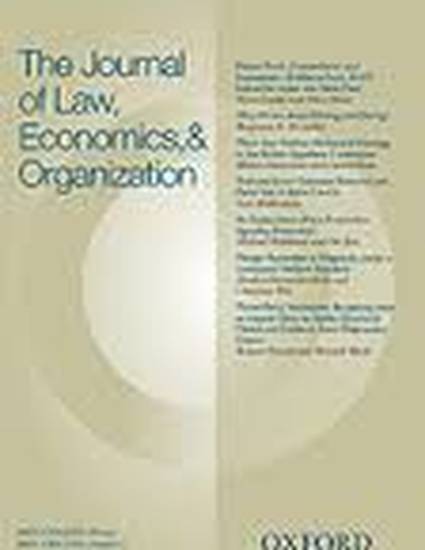
Article
Least Cost Avoidance: The Tragedy of the Common Safety
Journal of Law, Economics and Organization
(2009)
Abstract
This paper shows that the least cost avoider approach in tort is not necessarily the optimal way to attain least cost avoidance when accidents can be avoided by either of two parties. When parties do not observe each other's costs of care at the time of the accident and are unable to determine which party is the least cost avoider, they fail to anticipate the outcome of the adjudication. Under these circumstances, accident avoidance becomes a commons problem because care by each individual party reduces the prospect of liability for both parties. As a result parties suboptimally invest in care. We show that regulation removes this problem and is superior to tort liability both when parties act simultaneously and when they act sequentially. We further examine how different liability rules perform in this respect.
Keywords
- tort,
- fine,
- precaution cost liability,
- last clear chance,
- least cost avoider
Disciplines
Publication Date
April, 2009
Citation Information
Nuno Garoupa and Giuseppe Dari-Mattiacci. "Least Cost Avoidance: The Tragedy of the Common Safety" Journal of Law, Economics and Organization Vol. 25 Iss. 1 (2009) p. 235 - 261 Available at: http://works.bepress.com/nunogaroupa/16/
